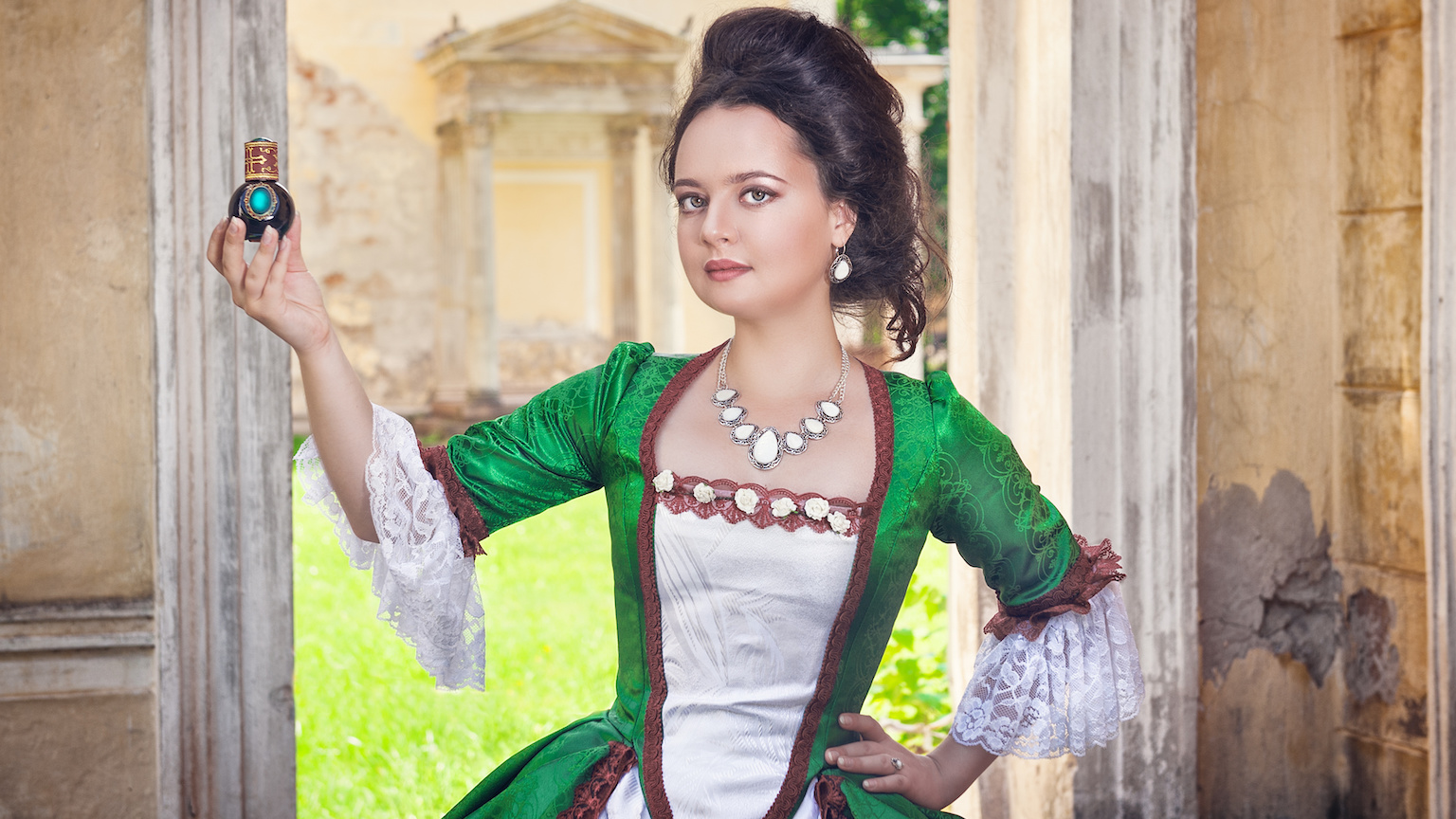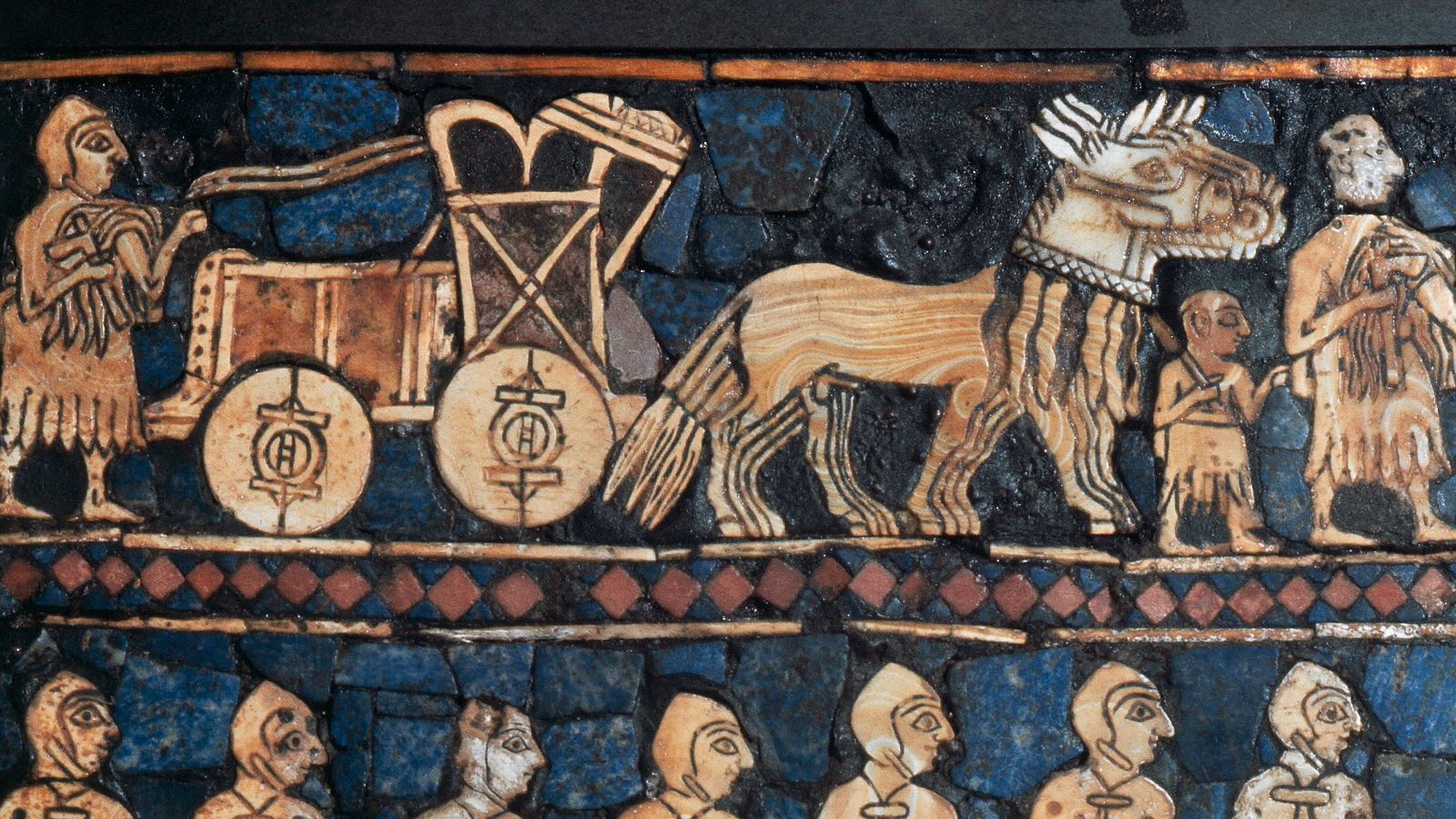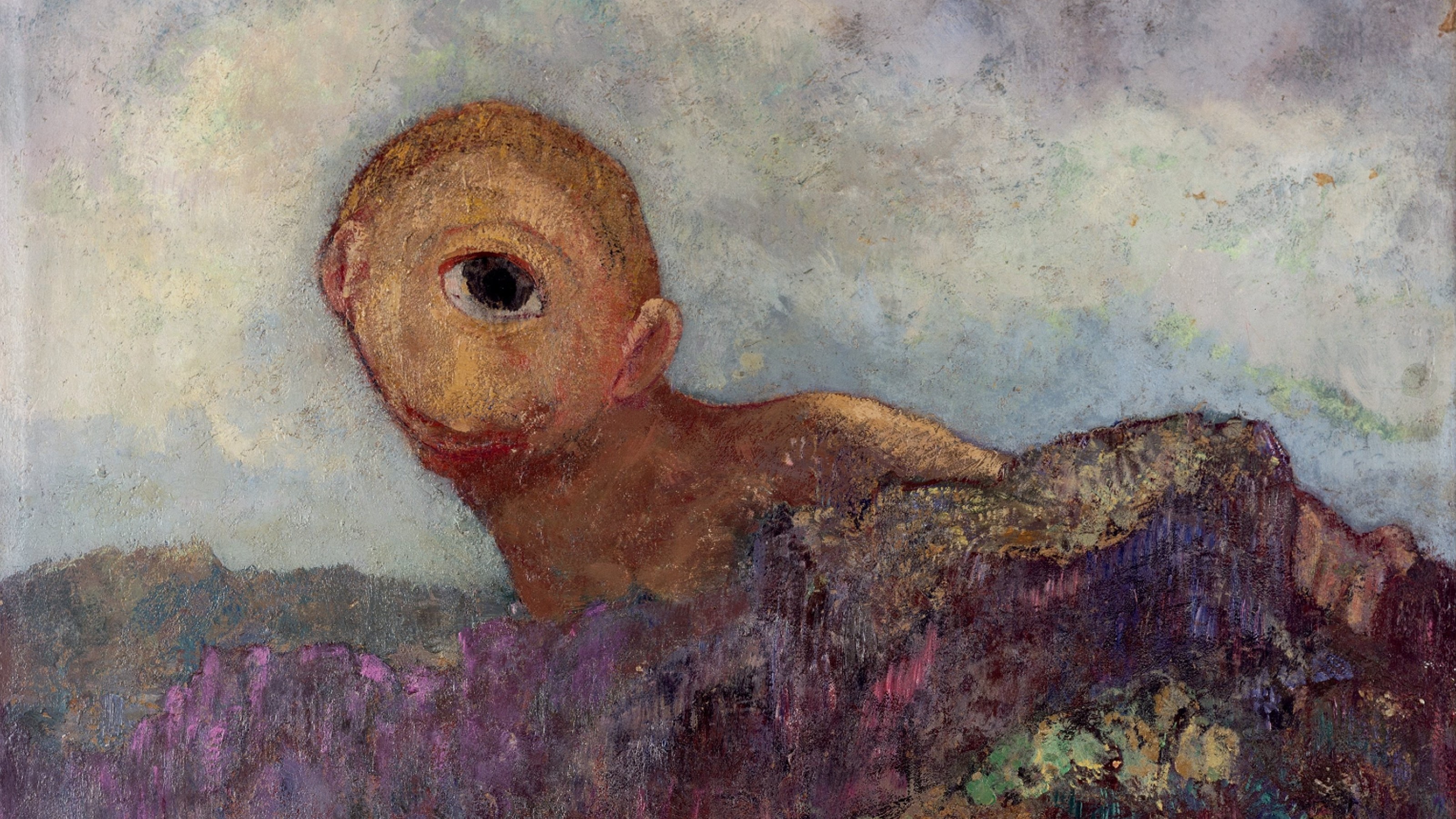Cleopatra’s perfume: We now know what the Egyptian queen smelled like

- Researchers have recreated an Egyptian perfume thought to have been worn by Cleopatra.
- The perfume, called Mendesian, has been described as sweet, spicy, and faintly musky.
- Cleopatra used perfume to enhance her attractiveness, which she used for her political advantage.
In the fall of 2021, the Mauritshuis, an art museum in The Hague, opened an exhibit titled Scents in Color. Curators placed fragrance dispensers next to paintings from the 17th century so visitors could smell what was being shown on canvas. The result was surprising, if not uncomfortable. Hints of myrrh and fresh linen were overpowered by something we don’t often associate with upper class life in the Dutch Republic, but which would have been unavoidable for even its wealthiest residents: the stench of Amsterdam’s canals.
Smell is an important but often overlooked aspect of history, one that cannot easily be captured in writing or painting. Thanks to science, researchers have been able to recreate historical odors both foul and fragrant, from the manure-covered streets of Europe’s busiest cities to the ashes of Roman funeral pyres. Interestingly, few smells from the past have proven as tantalizing as the perfume worn by the Egyptian queen Cleopatra VII, who was as infamous for her power as she was for her beauty.
Essence of Cleopatra
In Cleopatra’s time, Egypt had a longstanding tradition of producing incense and perfumes, which it exported across the ancient world. The earliest known recipe, for a fragrance known in Greece as kyphi, dates to the construction of the very first pyramids. Where modern perfumes are based on alcohol, kyphi was made using animal fat and vegetable oil. These were burned alongside resins, roots, and berries, creating a smoke that the Egyptians used to scent their homes as well as their clothing.
The unique fragrance Cleopatra is believed to have worn came from Mendes, a prosperous settlement in the Nile Delta that played an integral part in the trade of spices from India, Africa, and Arabia. Both the Roman philosopher Pliny the Elder and the Greek physician Dioscorides acknowledged Mendesian perfume as being the finest of its kind — a classical equivalent to “Chanel No. 5,” in the words of archaeologists that sought to piece together its long-lost recipe from different historical texts.
Since there are no surviving Egyptian sources that contain a complete recipe for Mendesian perfume, archaeologists had to turn to Greco-Roman accounts to fill in the gaps. These accounts agree on four main ingredients. In addition to resin and myrrh, the perfume also contained cassia, a less potent kind of cinnamon plant, and balanos oil, a semi-drying oil produced from the seeds of Balanites aegyptiaca (Egyptian basalm), a tree native to northern Africa and the Middle East.
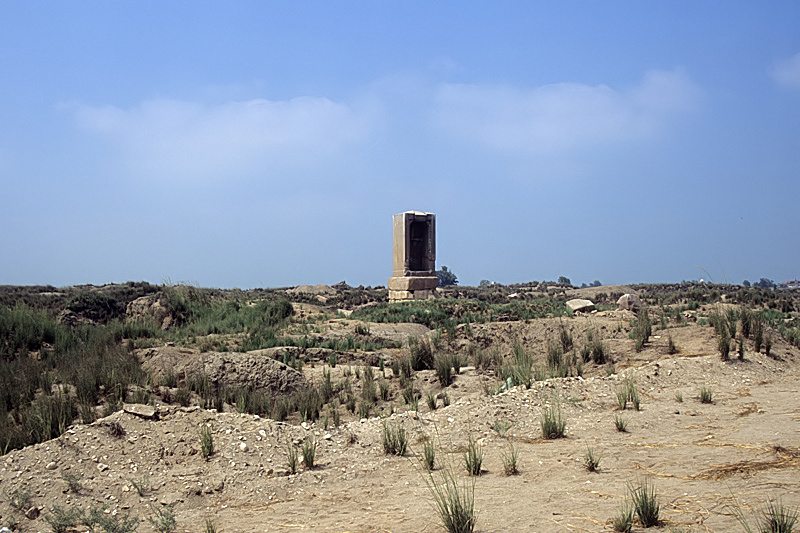
This, however, is where the overlap ends. Some sources recommend adding pure cinnamon into the mix, while others contain no mention of cinnamon at all. The Byzantine physician Paul of Aegina provides one of the longest and most meticulous lists of ingredients, which also includes terebinth, a tree of the cashew family formerly used as a source of turpentine. While Paul prescribes only one pound of terebinth, other writers say the recipe calls for a total of ten. The same goes for balanos.
The sources not only disagree on the ingredients, but also their preparation. The Greek philosopher Theophrastus, a student of Aristotle, says the perfume’s oil base has to be boiled for ten days and nights before the other ingredients can be added. Paul, meanwhile, says that the perfume is not to be boiled, but kept on low heat for no fewer than 60 days. He also says the resin must be added last and that, after this is done, the mixture must be stirred for another week before storing.
In 2018, Egyptologist Dora Goldsmith and historian of science Sean Coughlin reproduced a possible version of Mendesian perfume by testing various combinations of ingredients, the most pleasant of which they described as smelling “elegant” and “luxurious.” Described by olfactory art curator Caro Verbeek as “voluminous, red-colored, strong, warm, rich, sweet, and slightly bitter,” the spicy and faintly musky aroma not only echoed the writing of Pliny and Paul, but also lasted longer than many of its present-day counterparts.
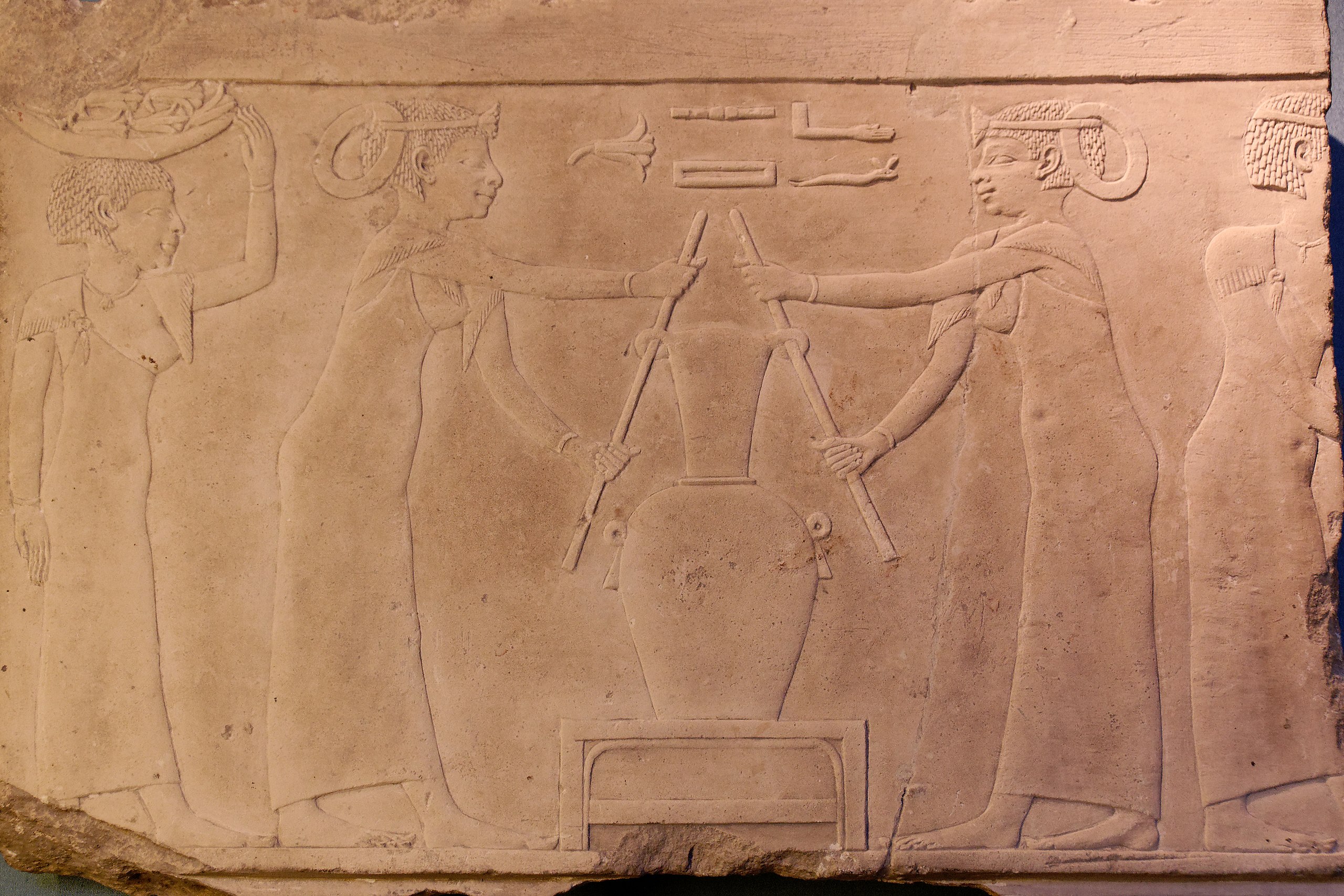
Goldsmith and Coughlin’s experiment, while interesting, is by no means conclusive. As writer Elaine Velie discusses in an article written for Hyperallergic, there is no way of knowing which, if any, of the Greco-Roman recipes matched the original Egyptian. The researchers’ soon-to-be-published second attempt, which will be based on actual residue sampled from a third-century BC perfume factory south of Mendes, promises to get closer to the real thing, as well as reveal how close they got the first time.
Cleopatra’s beauty routine
For Cleopatra, perfume was but a small part of a much larger beauty routine. The Egyptian queen, who is credited with popularizing many enduring cosmetic practices, is said to have worn lipstick made of crushed carmine beetles, which continue to be used today to color everything from shampoo to lollipops. Cleopatra also bathed in milk — fermented donkey’s milk, to be exact — to rejuvenate her skin, and might have washed her face with blends of honey, chalk, and apple cider vinegar.
Cleopatra’s beauty routine had an obvious economic component — in her time, the absence of stench was a luxury few could afford — but it also had a political one. As noted by modern and ancient historians alike, the queen wielded her attractiveness as a tool to rise up the ranks and maintain control over her kingdom. She did so when she established a romantic relationship with Julius Caesar, and again when she rebelled against the Eternal City with Caesar’s general and contested successor, Marc Anthony.
The Roman historian Plutarch mentions perfume when detailing her seduction of Anthony. Sailing down the river Cydnus to meet her ill-fated lover, she is said to have reclined on a canopy coated in gold, surrounded by servants dressed as cupids fanning her incense across the riverbanks. Contemporary historians have criticized this negative portrayal of Cleopatra as Augustan propaganda, casting her not as a scheming siren, but an ordinary Egyptian woman who simply shared in her culture’s love of perfume.
